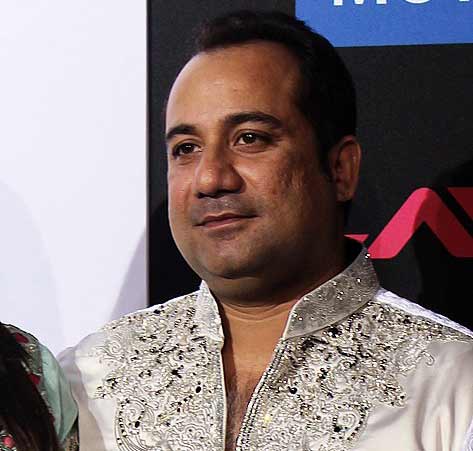| Full Name | Robert Allen Zimmerman |
| Date of Birth | May 24, 1941 |
| Age | 83 |
| Place of Birth | Duluth, Minnesota, US |
| Occupations | Singer-songwriter, painter, writer |
| Years Active | 1957–present |
| Net Worth | $500 million |
| Spouses | Sara Lownds (m. 1965; div. 1977), Carolyn Dennis (m. 1986; div. 1992) |
| Children | 6, including Jesse and Jakob |
| Genres | Folk, blues, rock, gospel, country, traditional pop, jazz, Americana |
| Instruments | Vocals, guitar, harmonica, keyboards |
| Labels | Columbia, Asylum |
| Website | bobdylan.com |
| Awards | – 2016 Nobel Prize in Literature – Presidential Medal of Freedom – Ten Grammy Awards – Golden Globe Award – Academy Award – Induction into Rock and Roll Hall of Fame, Nashville Songwriters Hall of Fame, and Songwriters Hall of Fame |
| Achievements | – Sold over 125 million records – Special citation Pulitzer Prize for “profound impact on popular music and American culture” – Induction into multiple music and songwriting halls of fame – Nobel Prize in Literature (2016) |






